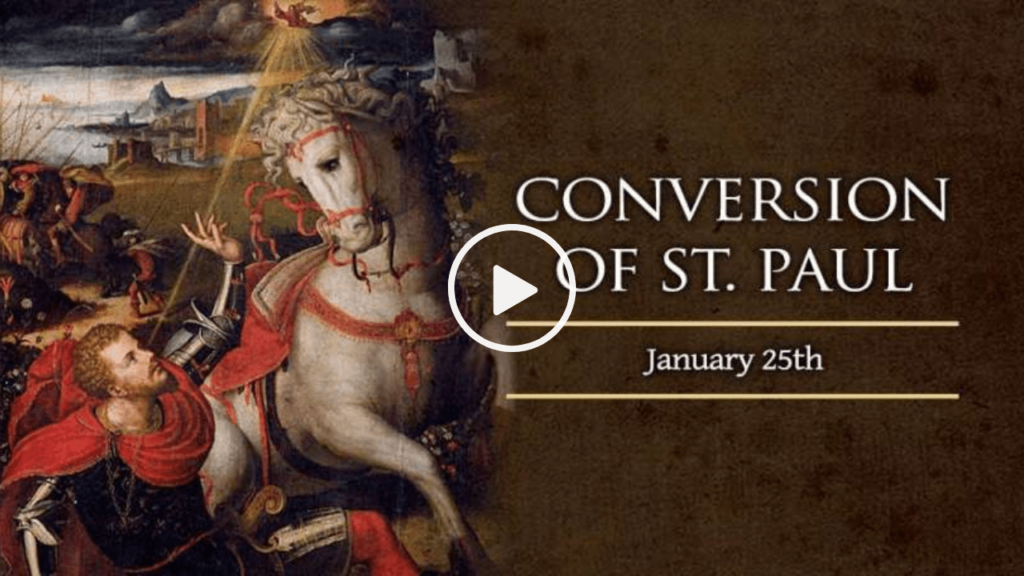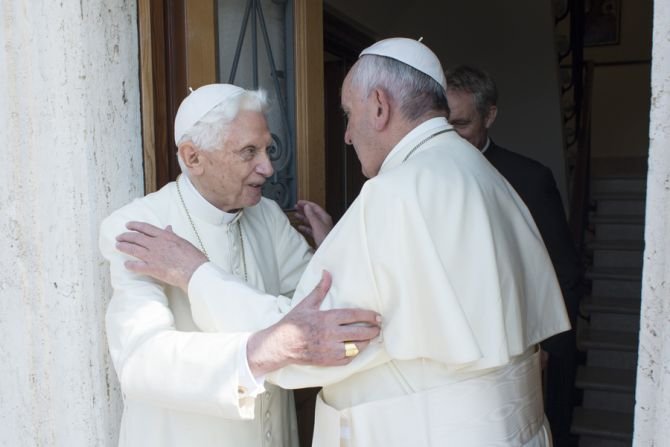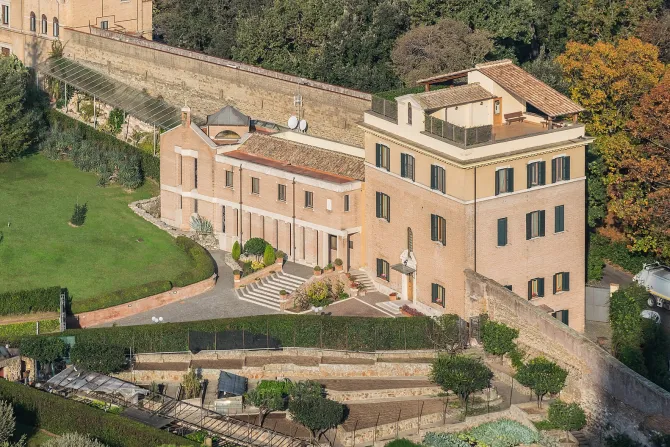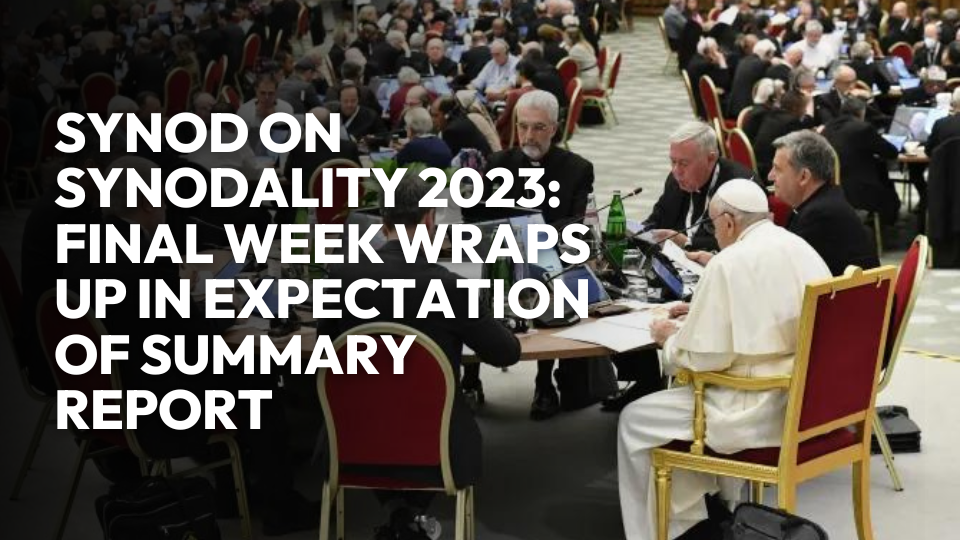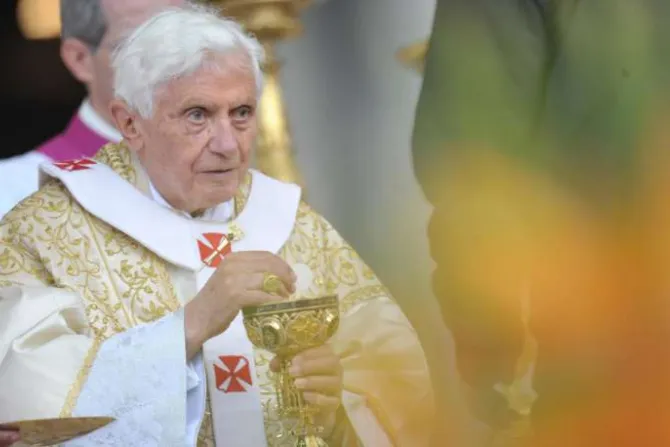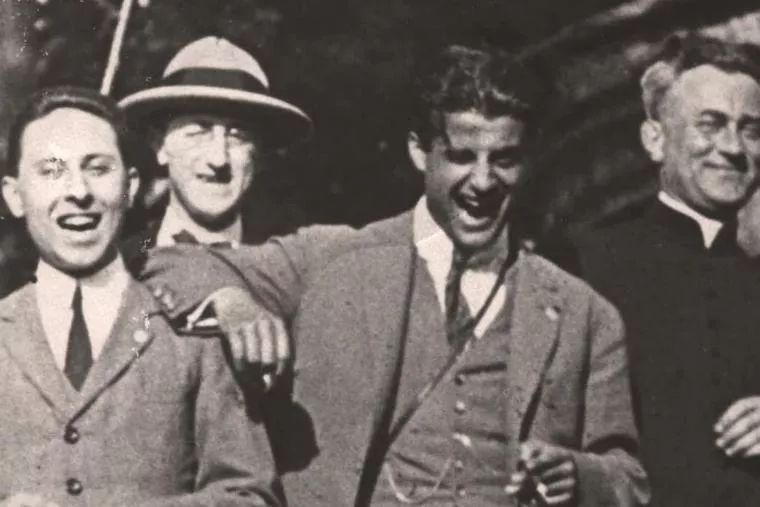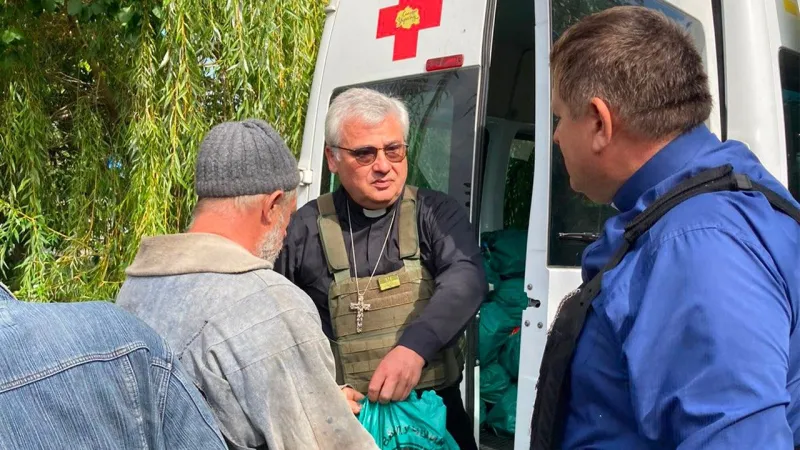Nestled south of Rome’s center, near the historically renowned Aqua Salvia springs, stands the Abbey of the Three Fountains. This site’s name, derived from a pivotal event in Christian history, marks the martyrdom of Saint Paul, the Apostle to the Gentiles. Every year on January 25th, the liturgical feast of Saint Paul’s conversion is celebrated, epitomizing the triumph of divine grace.
According to apocryphal texts compiled between the 4th and 7th centuries, Paul, under the escort of three soldiers, was brought to this very location for execution. Legend has it that upon beheading, his head bounced three times, creating springs at each spot – giving rise to the Abbey’s name.
Today, the Abbey complex preserves the memory of Paul’s martyrdom. But who was Paul, and why was he executed in Rome? Born around 8 A.D. in Tarsus, Cilicia (now Turkey), Paul was a man of three cultures: Roman, Greek, and Jewish. He was a tentmaker by trade and inherited Roman citizenship from his father.
The turning point in Paul’s life came between 30 and 32 A.D. Formerly a persecutor of Christians, he experienced a profound conversion on the road to Damascus. This moment marked the start of his extensive missionary work, spanning roughly 10 years from 48 to 59 A.D., preaching the Gospel in over 15 countries.
Paul’s apostolic journey culminated when he was accused by the Jews of desecrating the Temple in Jerusalem. Arrested and imprisoned in Caesarea for two years, he invoked his right as a Roman citizen to be tried by the Emperor and was taken to Rome.
Saint Paul’s conversion is a narrative of grace, transforming him from an opponent of Christianity into a prominent theologian, proclaiming Christ’s Paschal mystery. He was ultimately sentenced to death between 64 and 67 A.D. during Emperor Nero’s persecutions, which falsely accused Christians of burning Rome.
His execution by decapitation, a practice reserved for Roman citizens, took place away from public areas. Remarkably, the column where he was beheaded is preserved in the church of Saint Paul at the Three Fountains.
According to Roman law, burial sites were typically near execution places. However, Paul’s body was interred four miles away, at the site now home to the Basilica of Saint Paul Outside the Walls. This site, alongside the Abbey of the Three Fountains, stands as a testament to the Apostle’s enduring legacy, nearly 2,000 years later.

